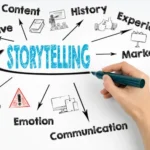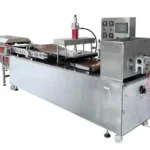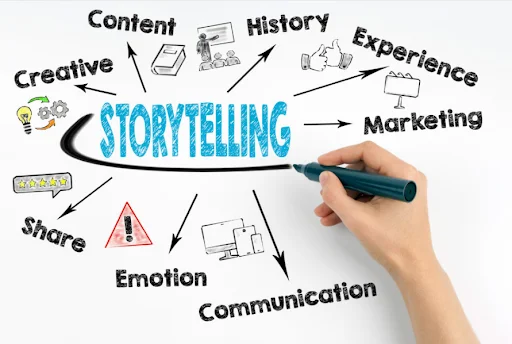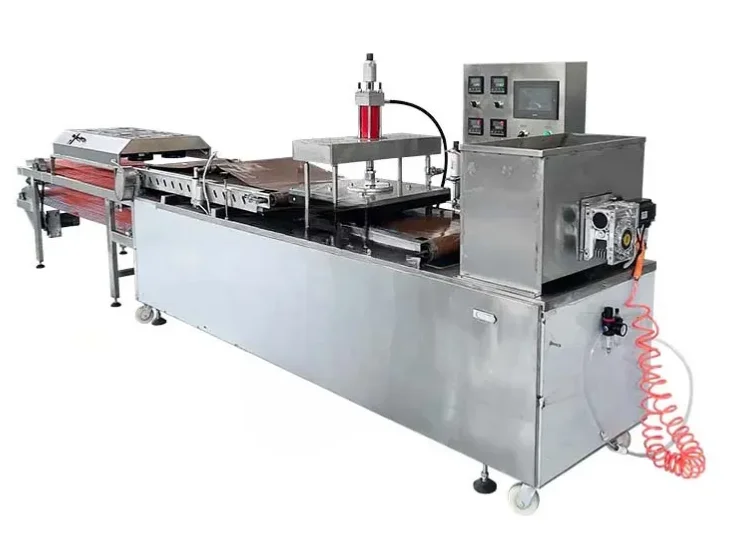HR and Task Management in One: How to Align People and Priorities Seamlessly

As an HR, you may juggle emails, phone calls, onboarding tasks, and questions from employees before your coffee!
In 2025, HR professionals face even greater challenges. Hybrid work models, AI-driven analytics, and evolving employee expectations have changed the HR landscape. Workforce alignment is no longer just necessary—it’s strategic. Today’s HR tools must extend beyond recruiting and payroll. They must also incorporate AI-powered task management, real-time analytics, and cross-team collaboration features to align people with priorities and drive business impact. The future of HR lies in seamless digital integration that connects talent with outcomes.
What is Task Management in HR?
Task management in human resources refers to the systematic planning, assignment, tracking, and evaluation of all HR-related activities. While HR once focused mostly on hiring and compliance, the modern HR function now plays a pivotal role in organizational efficiency. From managing remote teams to automating onboarding and tracking DEI initiatives, today’s HR task management systems are central hubs for workforce coordination and performance visibility.
What is the Significance of Successful Task Management in HR?
Efficient task management is now a cornerstone of successful HR operations. With HR teams expected to do more with less, structured workflows ensure consistency, agility, and alignment across departments.
-
Efficient task management is now a cornerstone of successful HR operations. With HR teams expected to do more with less, structured workflows ensure consistency, agility, and alignment across departments.
How to Line Up People and Priorities Seamlessly Through Task Management
Aligning people with business goals requires more than manual oversight. Task management tools now incorporate AI, automation, and collaborative design to create intelligent workflows.
Define Clear Goals and Objectives
Use performance management platforms to set OKRs (Objectives and Key Results) that trickle down into task-level actions. Integrate your HR system software with project management tools to assign tasks based on goal dependencies, skill alignment, and availability.
Improve Employee Scheduling Process
With AI-driven scheduling and predictive workload forecasting, you can assign the right people to the right tasks at the right time. These systems also consider employee preferences, time zones, and availability—reducing absenteeism and improving productivity.
Utilize Human Resource Tools to Foster Real-Time Communication
Emails are now too slow. HR teams rely on integrated communication platforms like Slack, Microsoft Teams, or Zoom, all of which can sync with your HR management system. This promotes instant alerts, quick updates, and collaborative problem-solving in real time.
Periodic Check-ins and Updates
Use tools that allow automated status updates, digital feedback, and virtual standups. These tools save time and increase accountability, giving HR leaders more time to focus on employee development, strategic planning, and change management.
Industry-Specific Workflows
Customize workflows for each department—recruiting, training, payroll, DEI, compliance, etc. Tools like SAP SuccessFactors and Zoho People offer modular solutions that let each HR function create its own optimized workflow while staying connected to the larger strategy.
How HR is Assisted by Effective Task Management
Modern HR is more than just people management—it’s business performance management. Here’s how effective task management enhances HR’s role.
Greater Involvement in Strategic Activities
AI and automation free HR professionals from repetitive admin tasks. This allows them to focus on talent strategy, DEI initiatives, workforce planning, and employee engagement programs—all of which have direct ROI for the company.
Data-Driven Decisions
With every task digitally tracked, HR gains access to a goldmine of data. Tools like Power BI or Tableau can integrate with HR software to provide insights into employee turnover, hiring trends, training efficacy, and more. This supports smarter decisions at the C-suite level.
Increased Responsibility and Transparency
Assigning tasks through platforms with real-time visibility and built-in feedback loops makes everyone more accountable. When employees can track their responsibilities and deadlines, the entire HR operation becomes more transparent and efficient.
Scalability and Flexibility
Whether you’re hiring 10 or 1,000 people, modern task management scales with your needs. Cloud-based solutions with multi-location, multilingual, and remote-support capabilities allow HR teams to grow without sacrificing structure or speed.
Empowered Employees
Self-service dashboards, mobile task tracking, and integrated performance tools help employees stay aligned. This sense of ownership and visibility boosts motivation, reduces dependency on HR staff, and fosters a culture of accountability.
Conclusion
In today’s hybrid and AI-powered world, HR cannot afford to operate in silos. Combining task management with HR tools is no longer optional—it’s essential for staying competitive. By aligning people with priorities through intelligent systems, HR teams can boost efficiency, increase engagement, and future-proof their organizations.

The Hidden Business Power of Storytelling Through Books

Diamond Painting Apps & Digital Tools for 2025 Artists

Meeting Global Tastes: The Versatility of Commercial Tortilla Makers

Accelerating drug discovery through the DEL-ML-CS approach

AI in Marketing Is No Longer a Buzzword — It’s the Strategy

The Hidden Business Power of Storytelling Through Books

Diamond Painting Apps & Digital Tools for 2025 Artists

Meeting Global Tastes: The Versatility of Commercial Tortilla Makers








